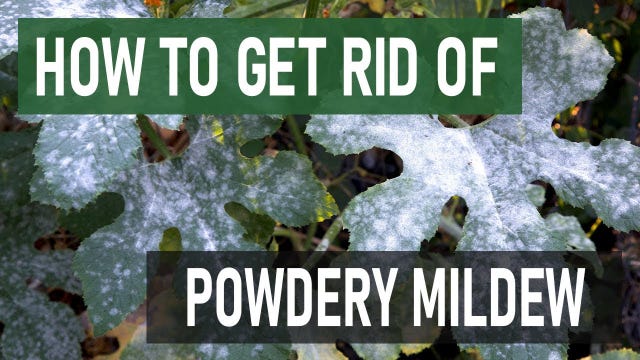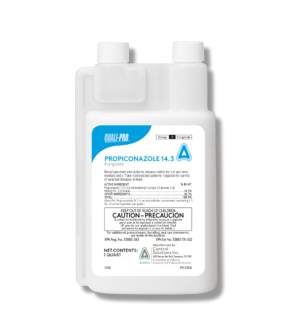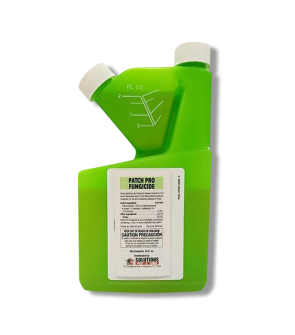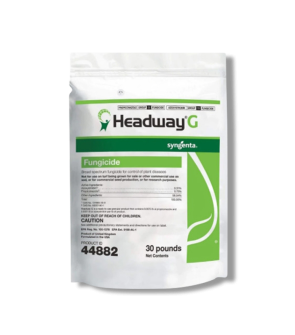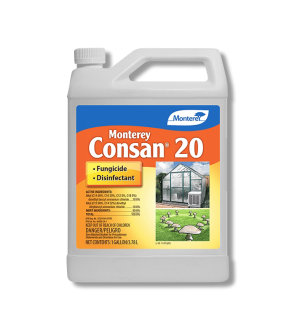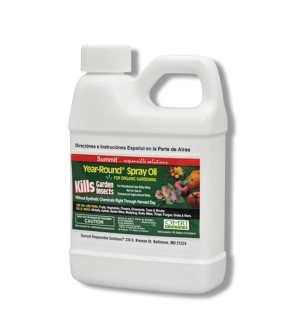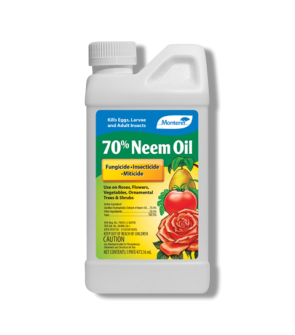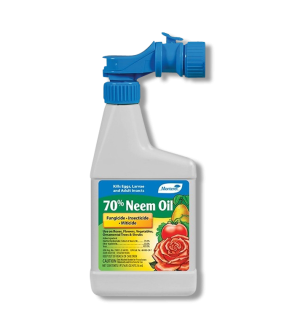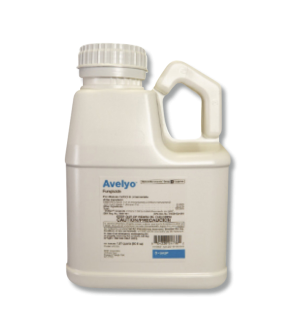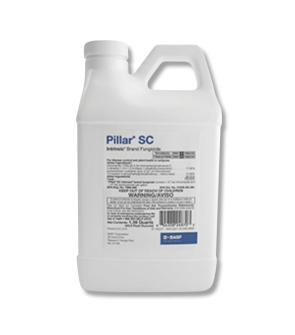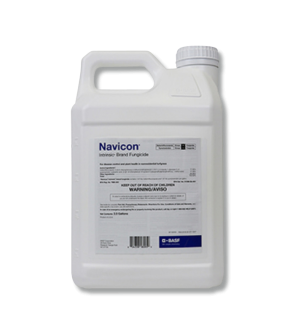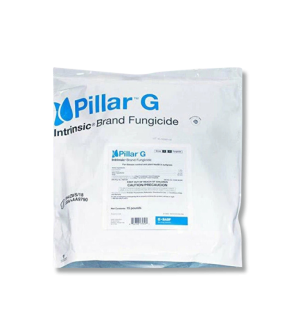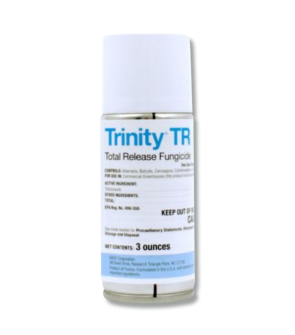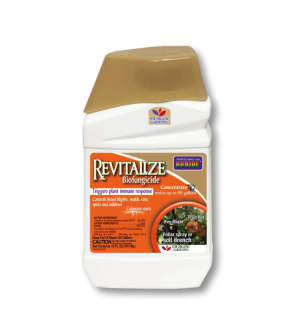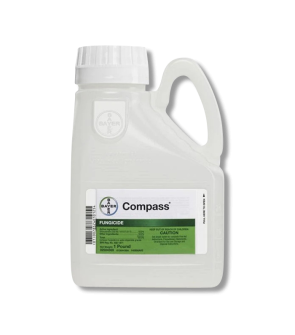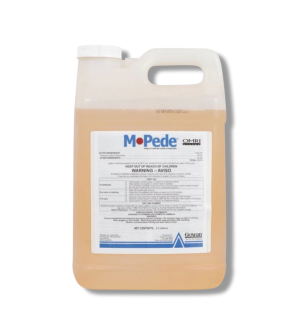Gain access to personalized product screening, the best pricing, rewards, and more!
Most Effective Products
Powdery Mildew Control: How To Get Rid of Powdery Mildew
Powdery mildew is one of the most common and easily recognizable lawn diseases. It appears as mildew on plants when specific fungus spores land on them, and the fungus can thrive under desired conditions. This fungus can decrease the plant's health and result in lower yields and a mildewy smell.
Virtually every type of plant life is susceptible to being infected by powdery mildew. From trees to shrubs and flower gardens, no plant is immune to getting those unsightly white splotches. While this disease is not fatal to the plant life you are growing, powdery mildew isn't pleasing to the eye.
If you have noticed powdery mildew on your lawn, our DIY treatment guide will show you how to remove it with professional fungicides recommended by our lawn care experts.
Identification

Before proceeding with treatment, ensure the disease is a powder mildew infestation. Misidentification can lead you to use the wrong treatment products and waste time and money. Below are some characteristics of powder mildew to aid in identification:
- Powdery mildew can be very easy to identify. You will see white spots that look like baby powder on the leaves. You may think that someone spilled some white powder or some white paint. If it does not rub off, it may be powdery mildew. If left untreated, the powdery mildew will spread over the entire leaves and plant. In really bad cases, it will look like the entire plant has been doused with talcum powder.
Refer to the image above and our description to help you identify powdery mildew. If you are having trouble, contact us, and we'll help you correctly identify your issue.
Inspection

Where to Inspect
Walk your lawn, check where the powdery mildew has formed, and gauge how severe of a problem you have on your hands. Powdery mildew can be found on various turfgrass varieties, ornamental plants, flowerbed plants, and even your trees.
Powdery mildews thrive in conditions with low soil moisture, dry foliage, high humidity, low light, and poor air circulation.
What To Look For
As the name states, powder mildew creates a powdery white substance on your plants. You may notice white or gray powdery spots on your turf or garden plants, flowers, and fruit.
There are several different species of powdery mildew fungi, and they have a limited host range. For instance, fungi that grow on your lilacs won't affect or spread to your other plants because powdery mildew is host-specific.
Treatment
Before handling any chemicals, we suggest wearing the proper safety equipment to prevent chemicals from coming into contact with your eyes or skin. Gloves, safety goggles, and long-sleeved clothing should do.
Our top recommendation for controlling powdery mildew is Patch Pro. This product contains the active ingredient propiconazole and has shown good results against Powdery Mildew.
It is important to prune and discard visibly infected plants by throwing them in the trash. Do not place these parts in the compost. Spores can lay dormant in soil and debris for a number of years, increasing the chances of the fungus returning.
Step 1: Measure and Mix Patch Pro

Patch Pro is a systemic fungicide absorbed into the infected plant to attack the disease head-on without harming the vegetation.
To determine how much Patch Pro you need, you will need to calculate the square footage of the target area. To do this, you will need to measure the treatment areas' length and width in feet, then multiply them together (length x width = square footage).
Patch Pro is labeled to treat powdery mildew on turfgrass at a rate of 1 to 2 fl. oz. per gallon of water per 1,000 sq. ft.
For preventative control, we recommend using 1 fl. oz. per 1,000 sq. ft. For curative control, use the 2 fl. oz. rate per 1,000 sq. ft.
We recommend using a 20-gallon hose-end sprayer for ease of use and because it covers more ground in a larger yard.
Step 2: Apply Patch Pro To Affected Areas

Apply Patch Pro, preferably with a hose-end sprayer, to infected areas, spraying to wet (not to the point of runoff). Push forward on the control valve to spray. It is easier to prevent disease than to treat active breakouts. Infections occur between 62 and 86 degrees Fahrenheit, so try to apply it as a preventative application two weeks before the temperatures reach that threshold.
It would be best to spray all infected plants and surrounding areas to prevent the spread during conducive conditions. It would be best to spray areas with poor drainage or are heavily shaded. Use a fan nozzle setting to create a nice mist that coats the powder mildew evenly, spraying it to wet but not to the point of runoff.
Make a follow-up application 14 to 28 days after your initial treatment. For total control, you may need to make 2 to 3 preventative treatments but do not exceed the maximum labeled rate of 16 fl. oz. per 1,000 sq. ft. per year.
Prevention
After the powdery mildew has vanished from your yard, prevention measures must be taken to prevent those ugly white splotches from returning.
- This can be done by providing better air circulation by not crowding plants, mowing at the 3 to 4 inches in height, minimizing shade by trimming back branches and making sure not to over-fertilize.
- Rake and dethatch your lawn so more sunlight and water can reach the soil. When watering your plants, water the soil and not the leaves, and do it consistently at the same rate and at the same time once a week, preferably in the morning.
Key Takeaways
What is Powdery Mildew?
- Powdery mildew is a catch-all term for several different types of fungi that can affect almost every type of plant with its signature white powdery spotting.
How to Get Rid of Powdery Mildew
- Our top recommended fungicide for controlling powdery mildew is Patch Pro. For best results, apply this product at the right time.
Prevent Powdery Mildew Reinfestations
- Once your lawn has been treated, keep powdery mildew away with a consistent lawn care and maintenance program that reduces shade and addresses soil moisture issues.






